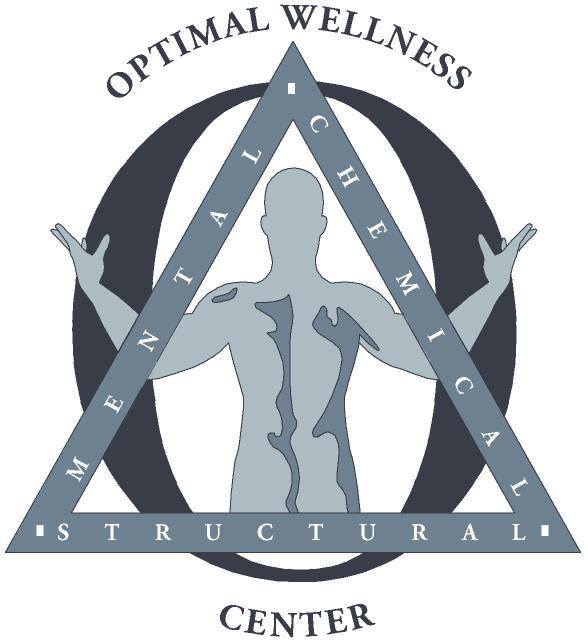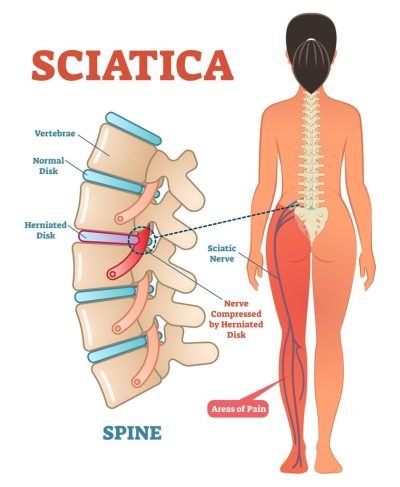Sciatic Nerve Pain: Understanding, Managing, and Preventing Sciatica
What is Sciatica?
Sciatica refers to a range of symptoms such as pain, weakness, numbness, or tingling in the leg due to irritation or compression of the sciatic nerve. It is a symptom of an underlying condition rather than a disease itself.
Alternative Names
Sciatica may also be referred to as:
Sciatic nerve dysfunction
Lumbar radiculopathy
Low back pain with sciatica
Causes of Sciatic Nerve Pain
Sciatica occurs when the sciatic nerve, which runs from the lower back down each leg, is compressed or damaged. This nerve controls muscles in the lower leg and provides sensation to the back of the thigh, lower leg, and foot. Common causes include:
Herniated or slipped disc
Spinal stenosis
Piriformis syndrome
Pelvic injuries or fractures
Tumors
Spondylolisthesis
Men aged 30 to 50 are particularly susceptible to sciatica.
Symptoms of Sciatica
Symptoms vary from mild tingling to severe pain. Common signs include:
Pain on one side of the body
Sharp pain in the leg or hip with numbness elsewhere
Pain radiating to the calf or foot
Weakness in the leg
Difficulty moving or dragging the foot while walking
Pain may worsen after sitting, standing, or performing actions like sneezing or coughing, especially if a herniated disc is the cause.
Diagnosis and Tests
A healthcare provider at Optimal Wellness Center will assess symptoms like:
Weakness when bending the knee
Difficulty bending the foot inward or downward
Difficulty walking on toes
Loss of sensation
Abnormal reflexes
X-rays or MRI may be recommended if the pain persists.
Treatment Options
At Optimal Wellness Center in Midvale, addressing the underlying cause of sciatica is essential. Conservative treatments include:
Over-the-counter pain relievers (ibuprofen or acetaminophen)
Applying ice, followed by heat after 48-72 hours
Staying active and avoiding bed rest
Gradual return to normal activities
Physical therapy to strengthen core muscles
Chiropractic Care to restore nerve function
StemWave Therapy for pain and inflammation reduction
If these treatments aren’t effective, options may include:
Injections to reduce nerve inflammation
Prescription medications
Consultation with a specialist for advanced treatments
Surgery, in rare cases, to alleviate nerve compression
Outlook and Prognosis
Sciatica often improves over time, but recurrence is common. Managing the underlying cause and maintaining a healthy lifestyle can prevent future episodes.
Complications
Complications depend on the cause of sciatica and may include permanent leg weakness or numbness.
When to Seek Medical Attention
Contact Optimal Wellness Center in Midvale if you experience:
Fever with back pain
Severe back pain after an injury
Redness or swelling on the back
Pain extending below the knee
Numbness or weakness in the leg
Difficulty controlling bladder or bowel function
Prevention
To prevent sciatica, maintain strong core muscles and avoid prolonged sitting. Regular exercise and a healthy lifestyle are crucial for back health as you age.
For more information, consult trusted medical references or speak with a healthcare provider at Optimal Wellness Center in Midvale.

